
Alfred Conteh Biography
Biography
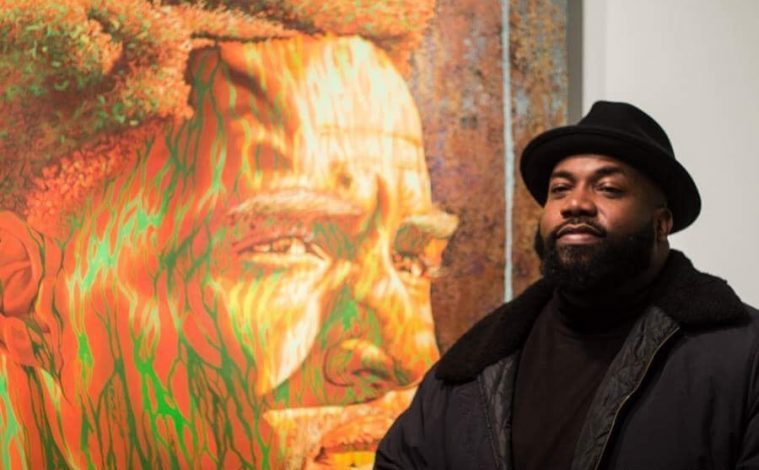 Alfred Conteh (b. 1975, Warner Robins, Georgia) is a classically trained artist, who has practiced his craft for more than 20 years. After earning a Bachelor Degree in Fine Arts from Hampton University, Conteh continued his formal education at Georgia Southern University; earning a Master’s Degree in Fine Arts.
Alfred Conteh (b. 1975, Warner Robins, Georgia) is a classically trained artist, who has practiced his craft for more than 20 years. After earning a Bachelor Degree in Fine Arts from Hampton University, Conteh continued his formal education at Georgia Southern University; earning a Master’s Degree in Fine Arts.
As an African American artist, Conteh sheds light on the current realities of African American people; by bringing their stories and experiences to the forefront. Conteh’s creative techniques range from paintings to drawings and sculptures to assemblage works. His artwork can be found in public and private collections throughout the world.
In 2018, Conteh was commissioned by the Smithsonian Institution Traveling Exhibition Service (SITES) to create a portrait of film director, producer, and screenwriter Ryan Coogler.
The portrait titled Home Team is featured in the traveling exhibit Men of Change: Power. Triumph. Truth. The exhibit pays tribute to African American changemakers for their outstanding legacy and contributions.
Conteh’s work in the permanent collections of the Arkansas Arts Center, Little Rock, AR; Bajeel Art Foundation, Dubai, United Arab Emirates; Minneapolis Institute of Art, Minneapolis, MN; Museum of Arts and Sciences Permanent Collection, Macon, GA; Petrucci Family Foundation Collection of African American Art, Ashbury, NJ; Tubman Museum Permanent Collection, Macon, GA; Georgia Southern University Permanent Collection, Statesboro, GA; Georgia Southwestern University Permanent Collection, Swainsboro, GA; Hammonds House Museum Permanent Collection, Atlanta, GA; United Talent Agency, Beverly Hills, CA; and United Way Corporate Collection, Atlanta, GA
image courtesy of terrellclark.com
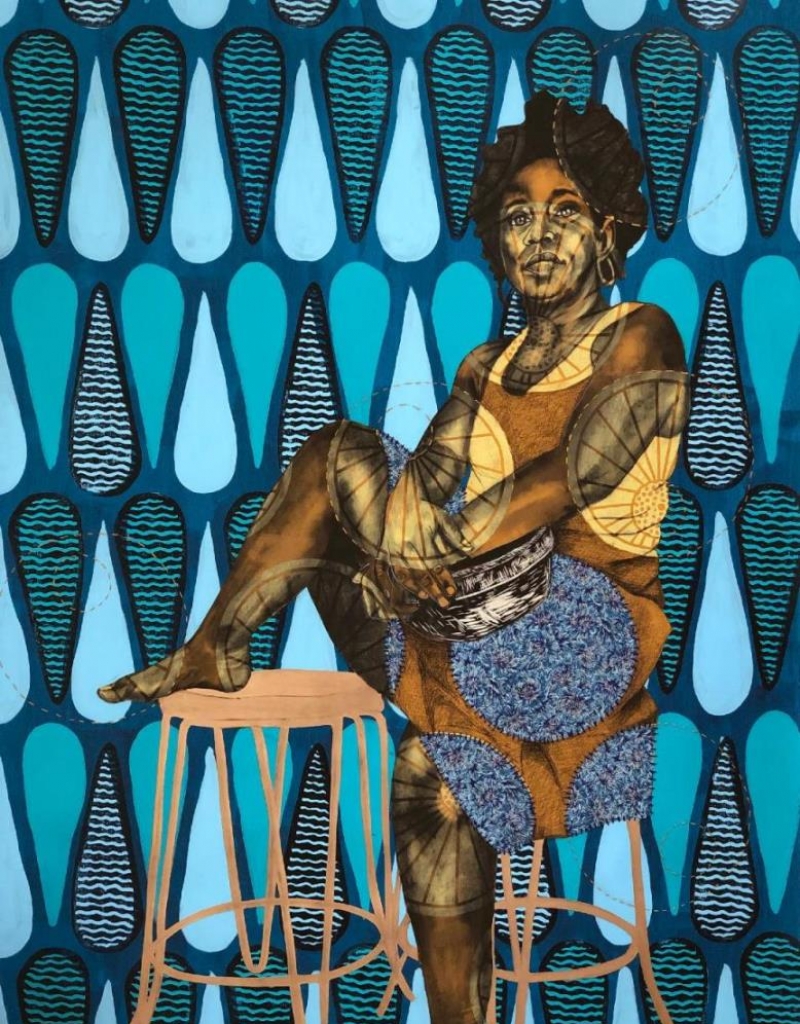
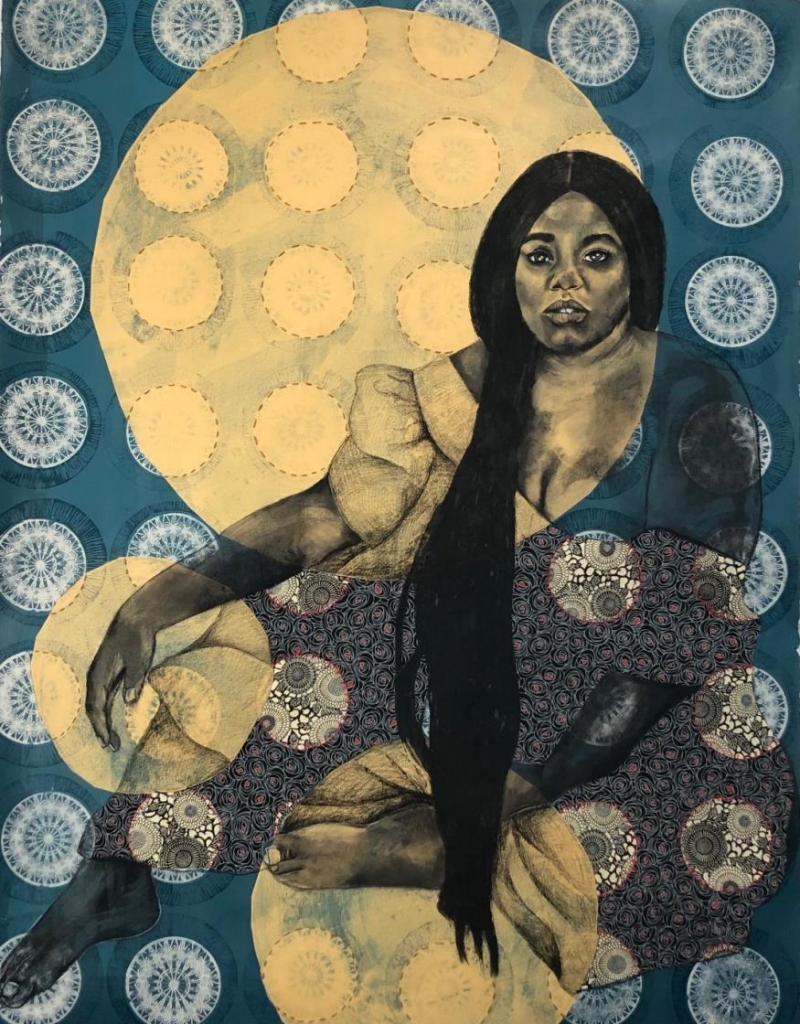
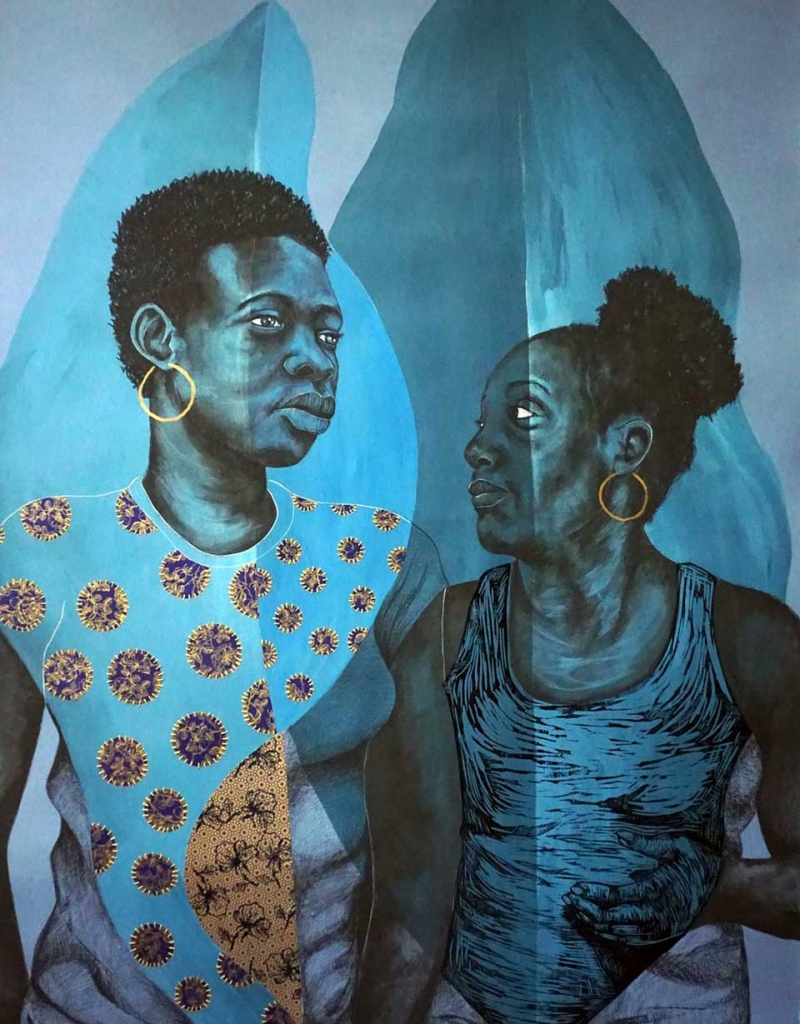
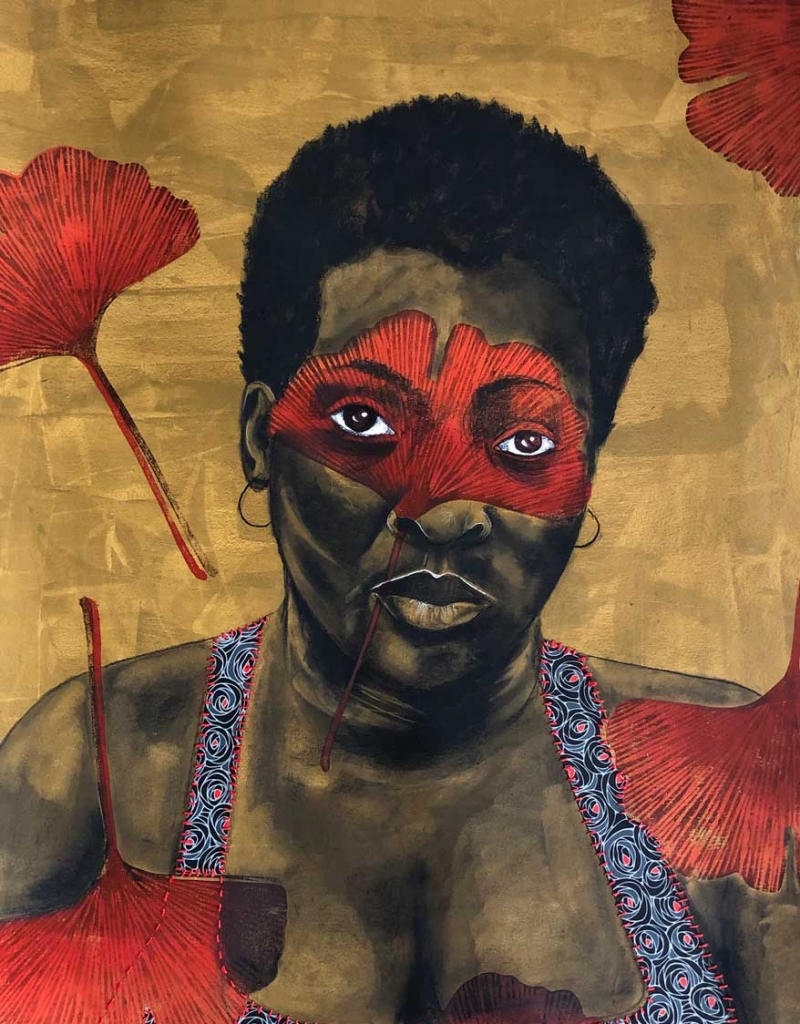
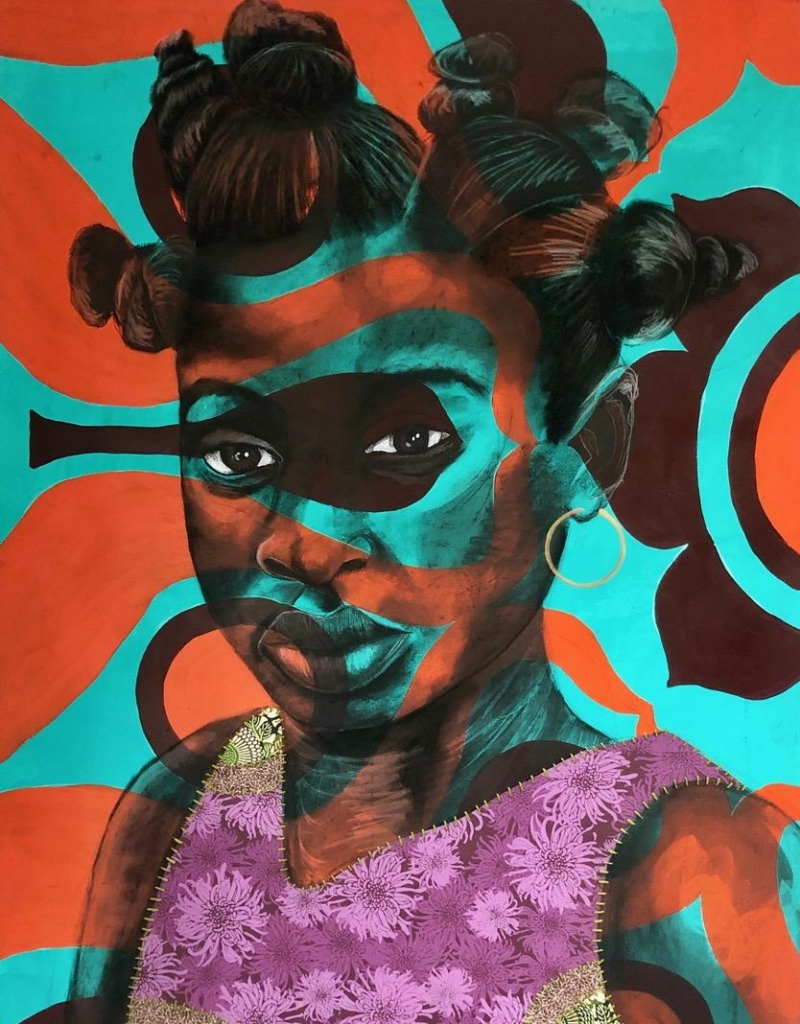
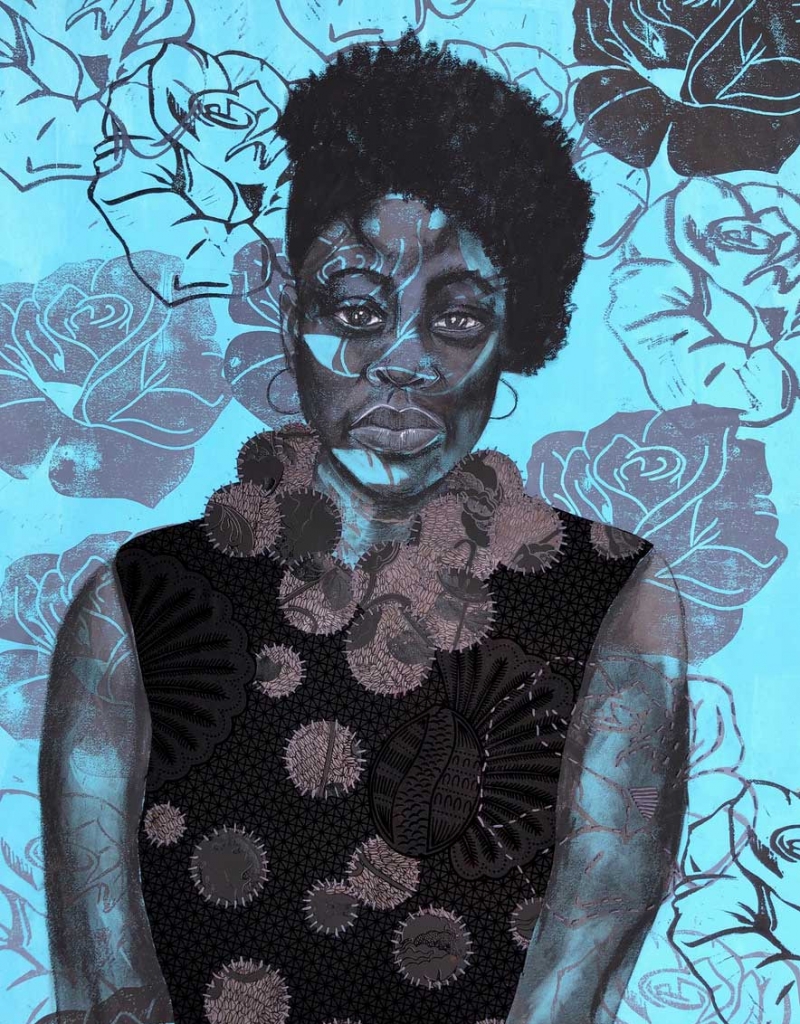
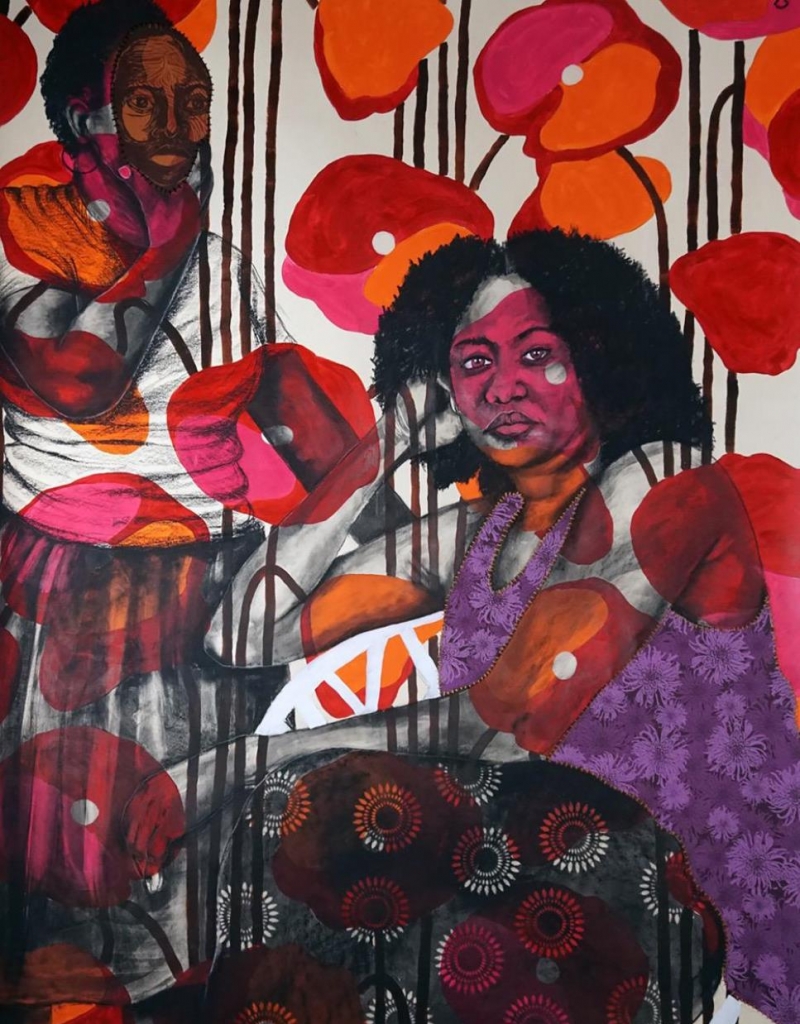
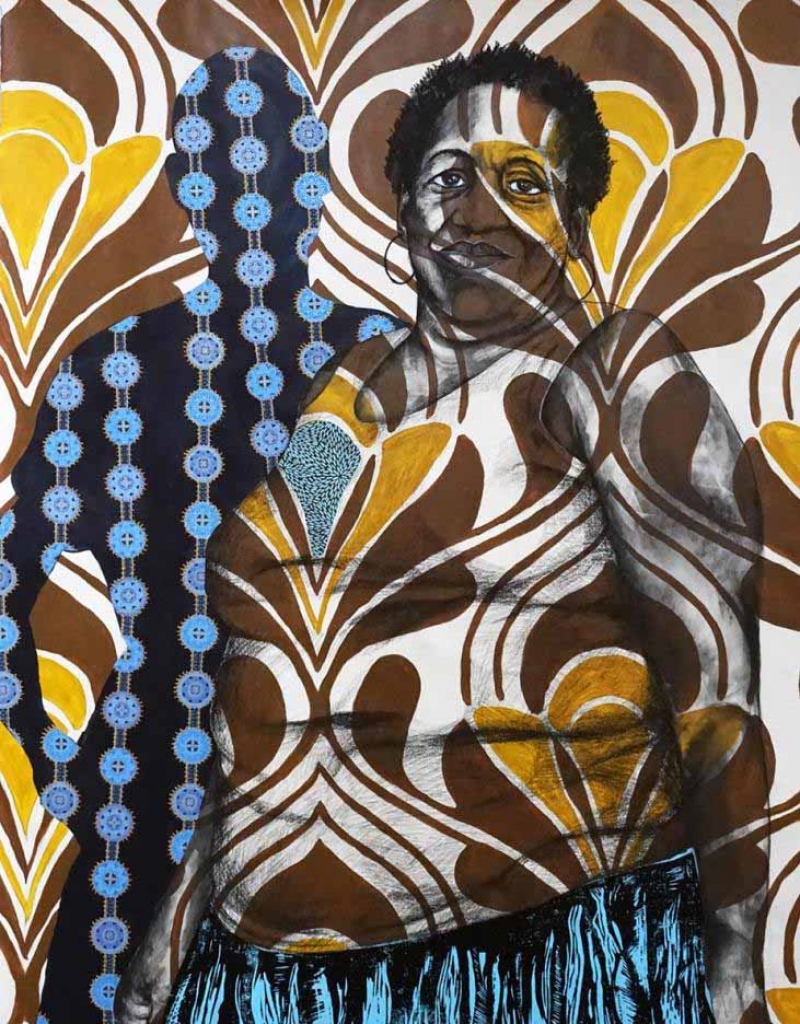
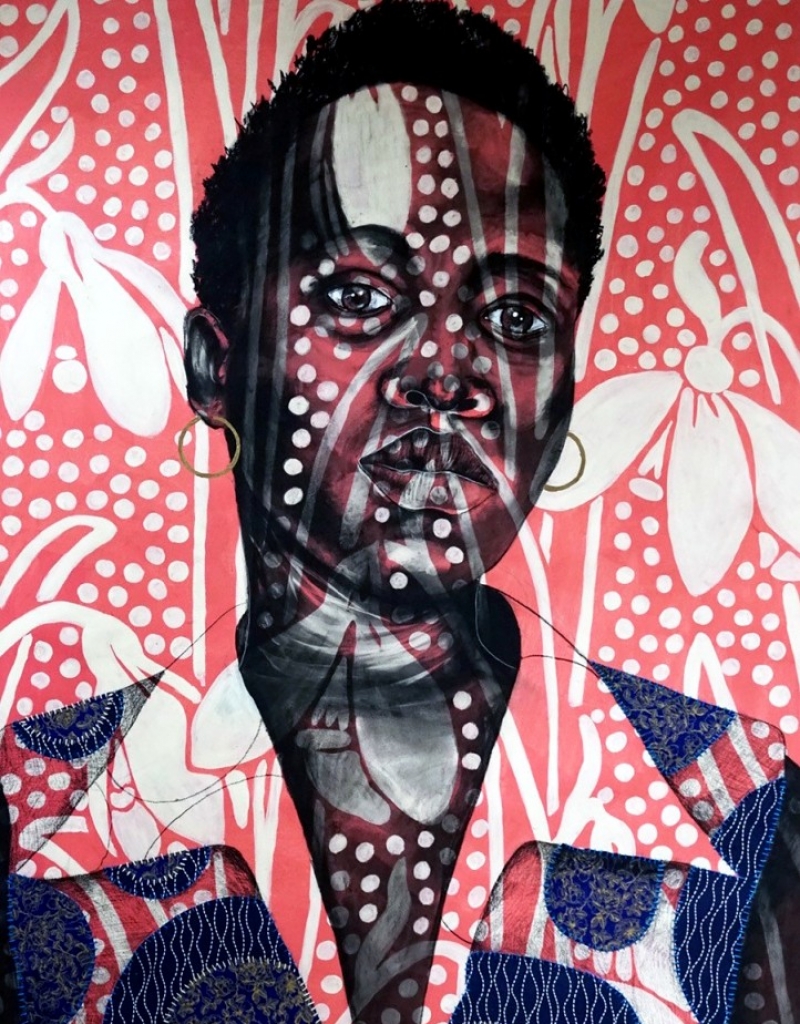
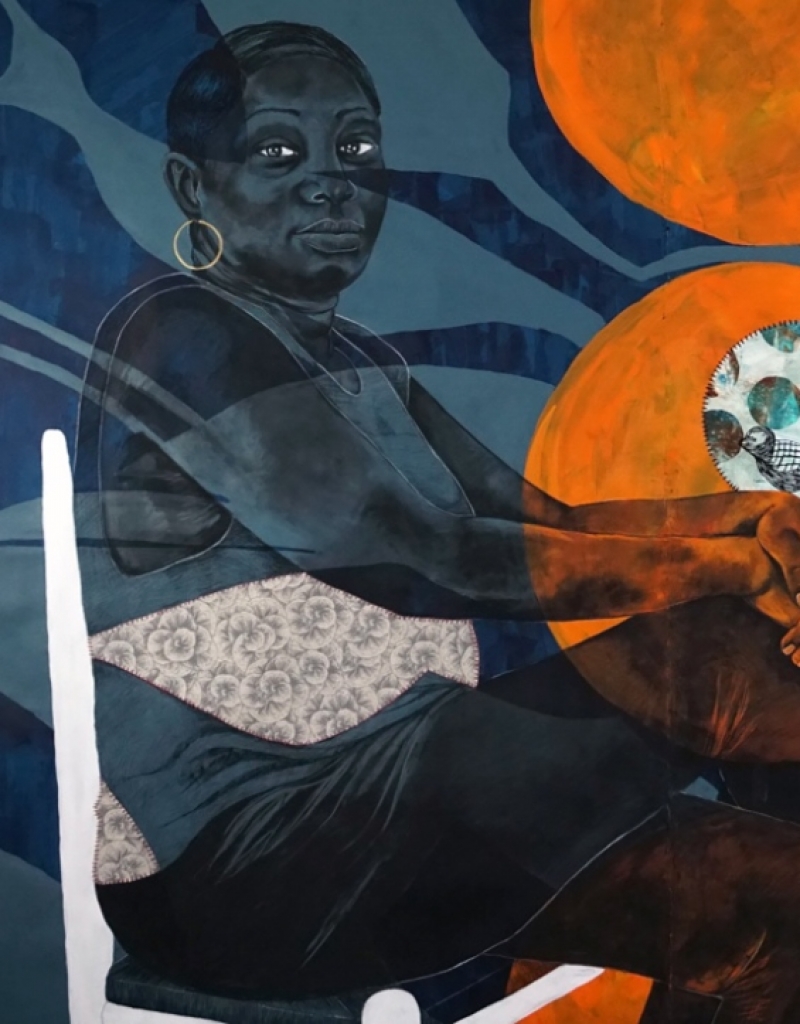
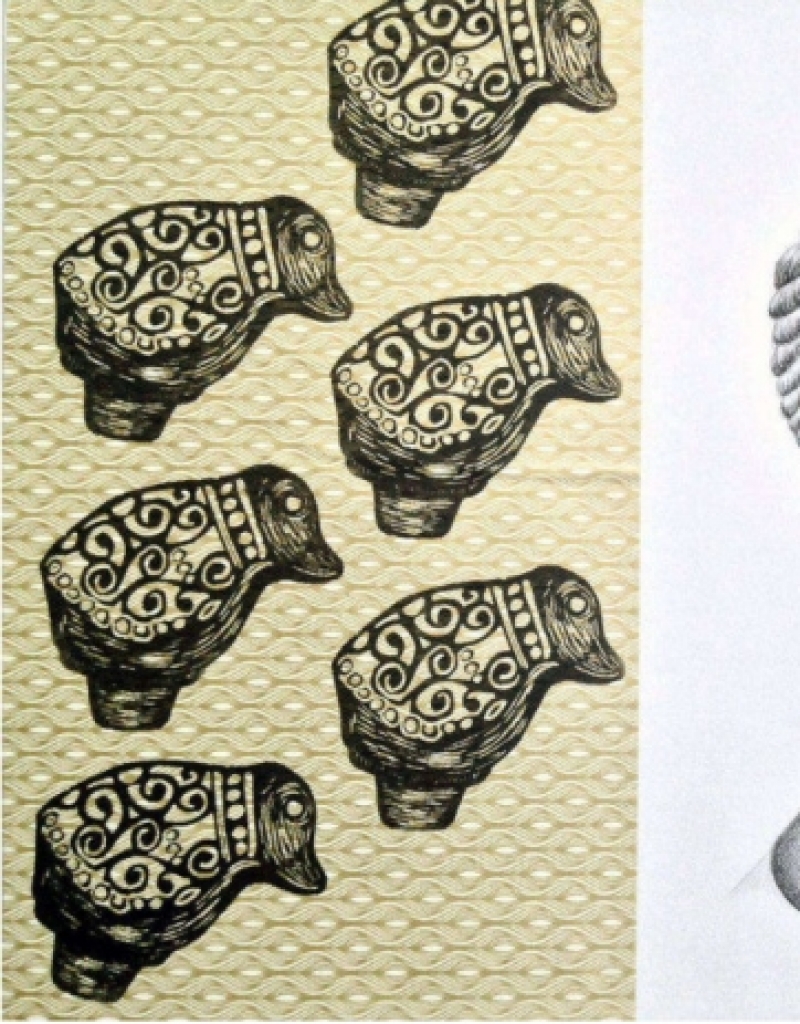
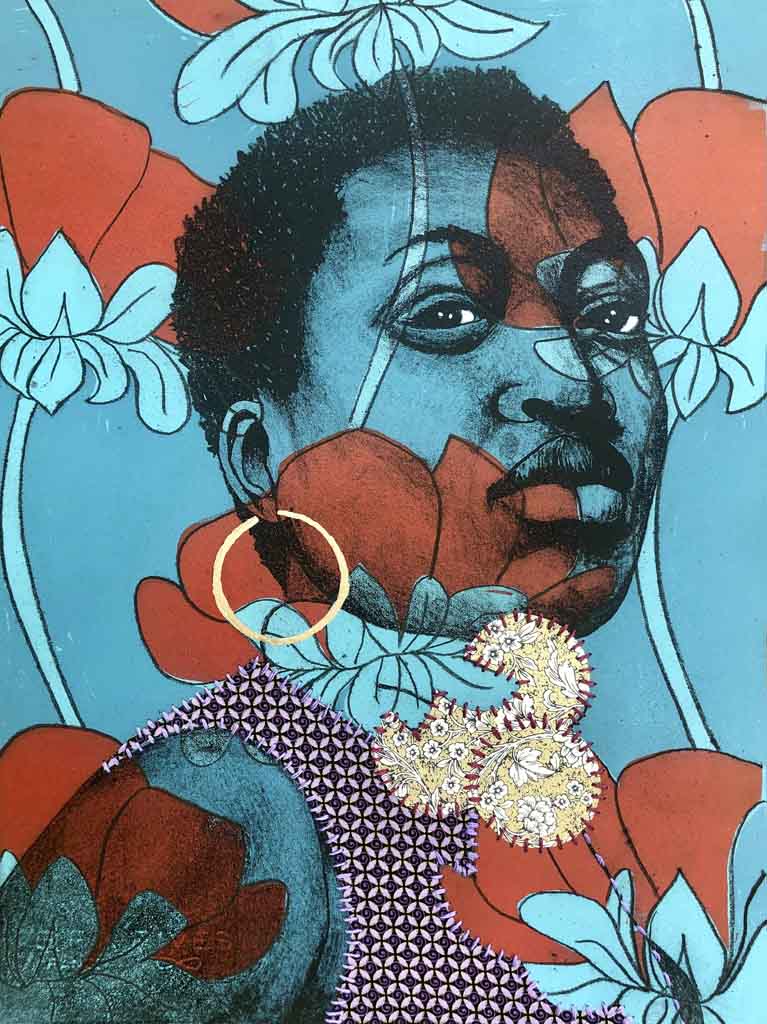
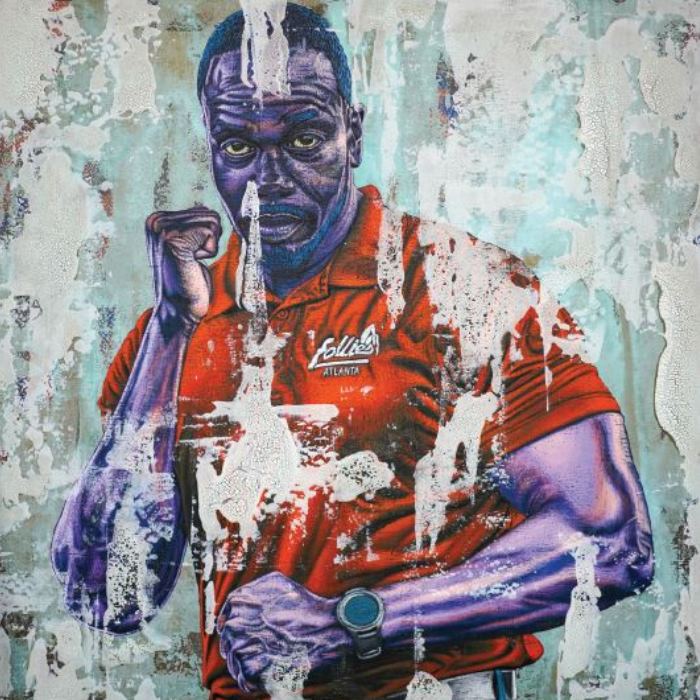
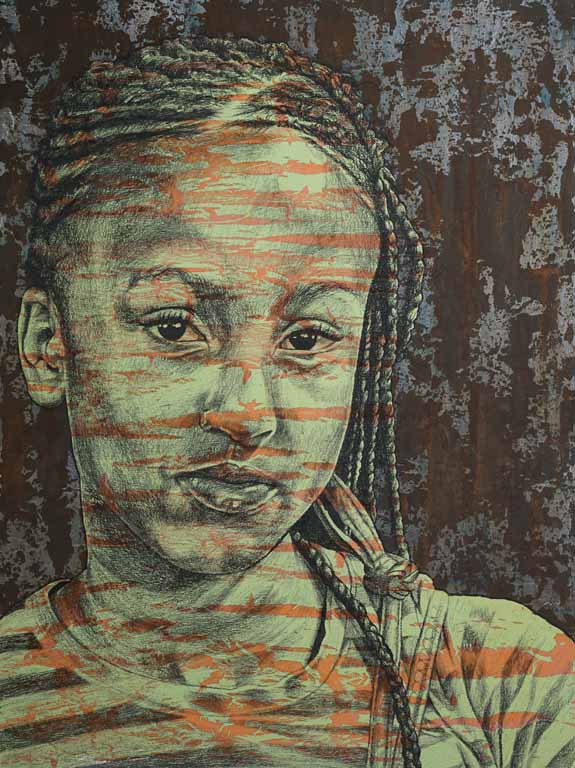 The paintings in this series are visual explorations of how African diasporal societies in the South are fighting social, economic, educational and psychological wars from within and without to survive. The honest and false narratives of history embodied in this series are primarily personified in patinated colossuses that symbolize the culture and realities of the populations they tower over, and the battles we’ve fought and continue to fight. We are at war on two fronts.
The paintings in this series are visual explorations of how African diasporal societies in the South are fighting social, economic, educational and psychological wars from within and without to survive. The honest and false narratives of history embodied in this series are primarily personified in patinated colossuses that symbolize the culture and realities of the populations they tower over, and the battles we’ve fought and continue to fight. We are at war on two fronts.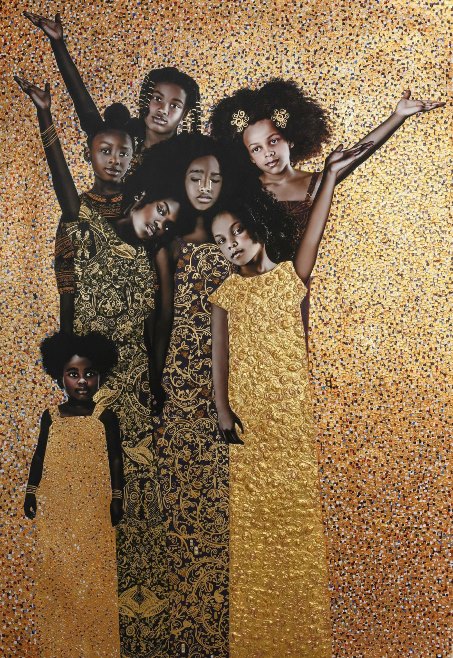 For those who encounter my work, I want them to stop, I want them to pay attention, I want them to not be able to look away
For those who encounter my work, I want them to stop, I want them to pay attention, I want them to not be able to look away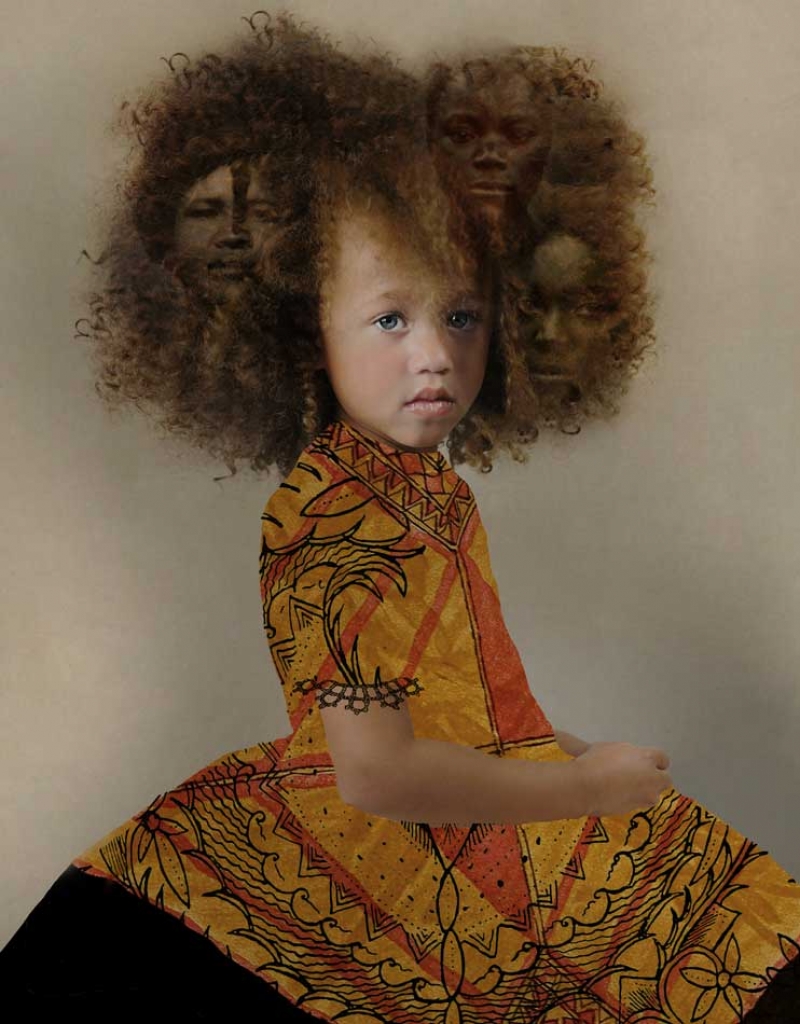
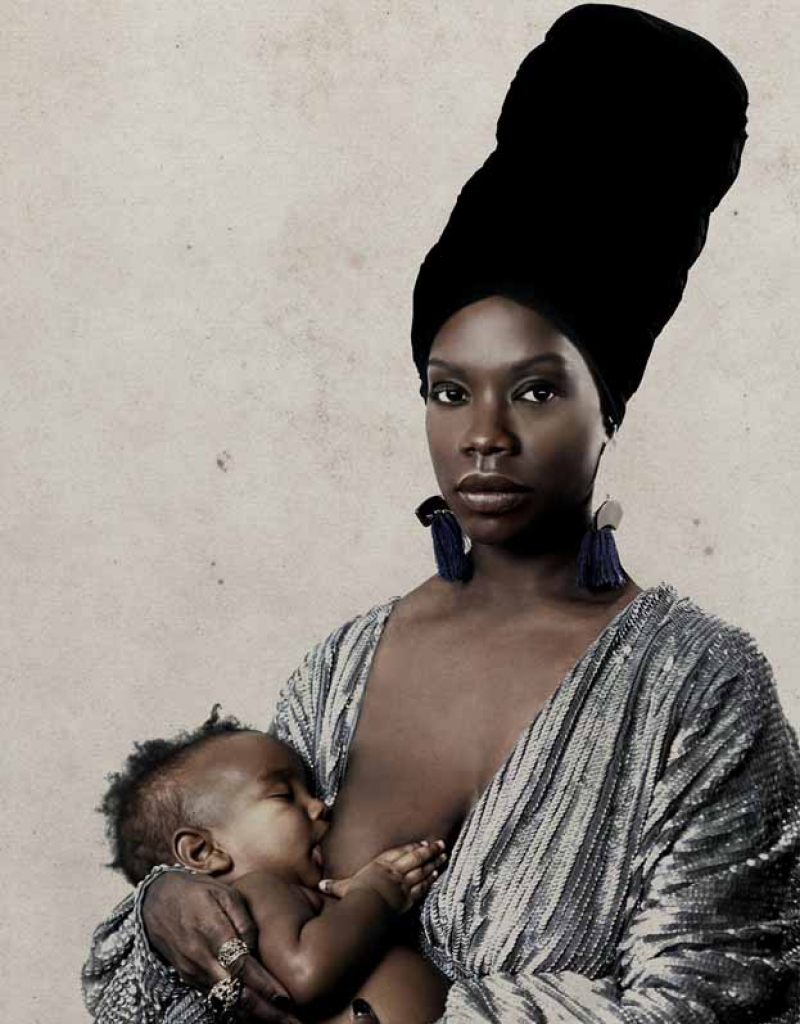

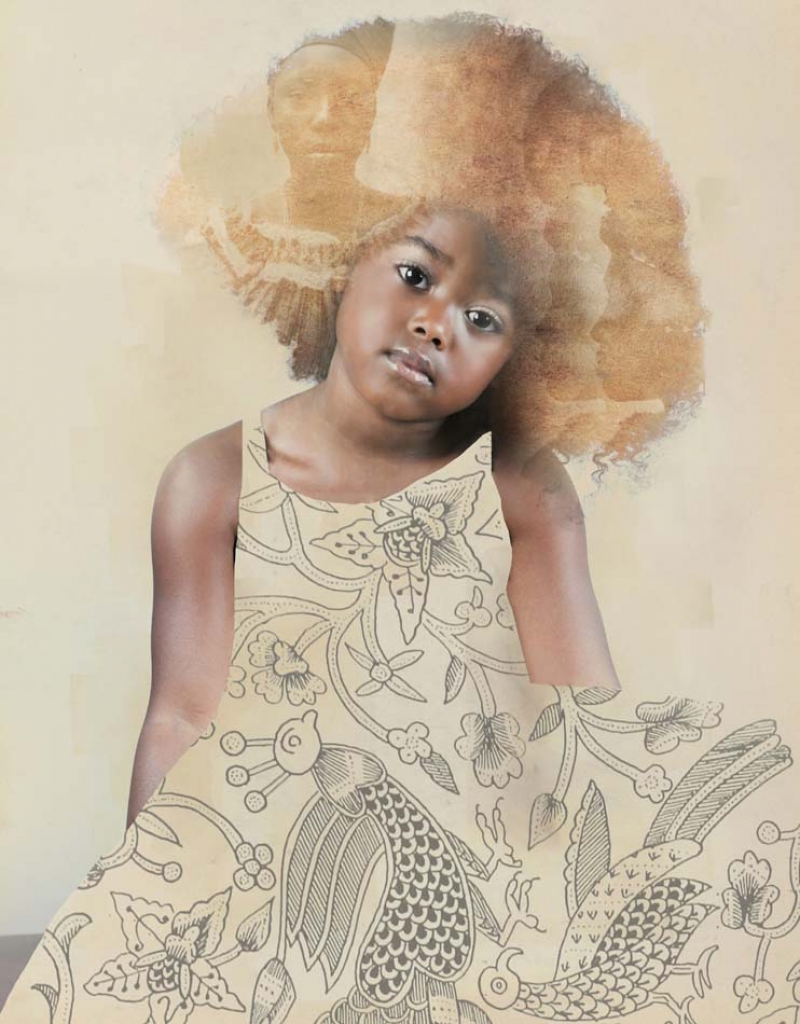
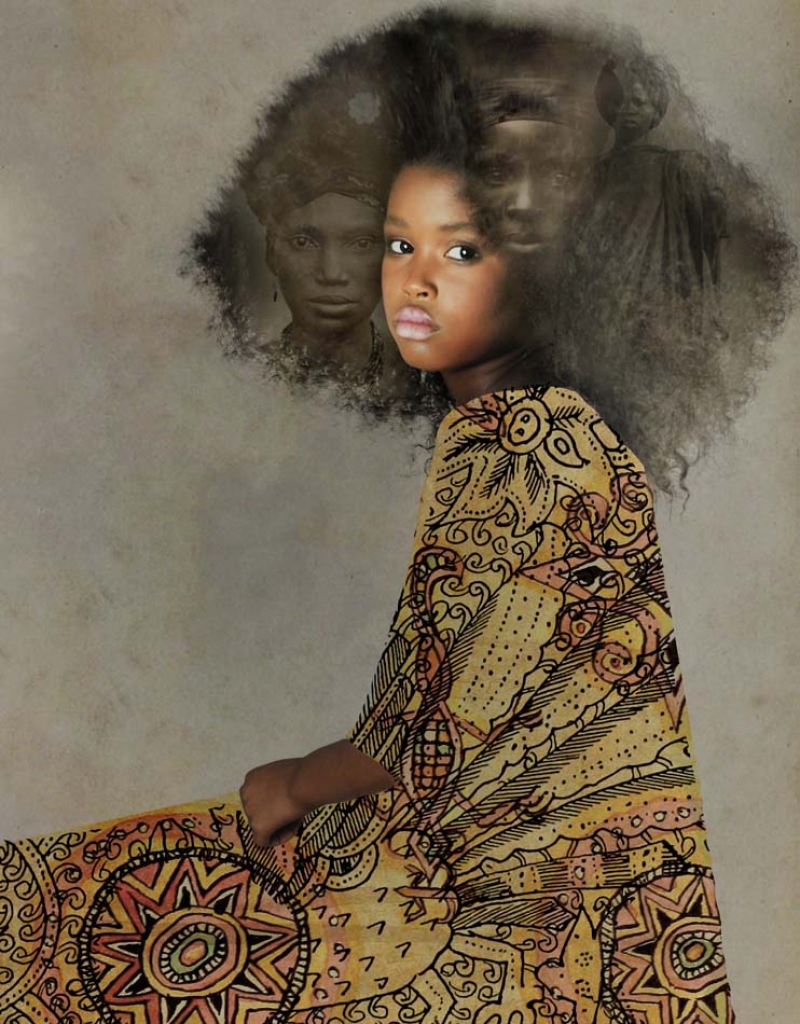
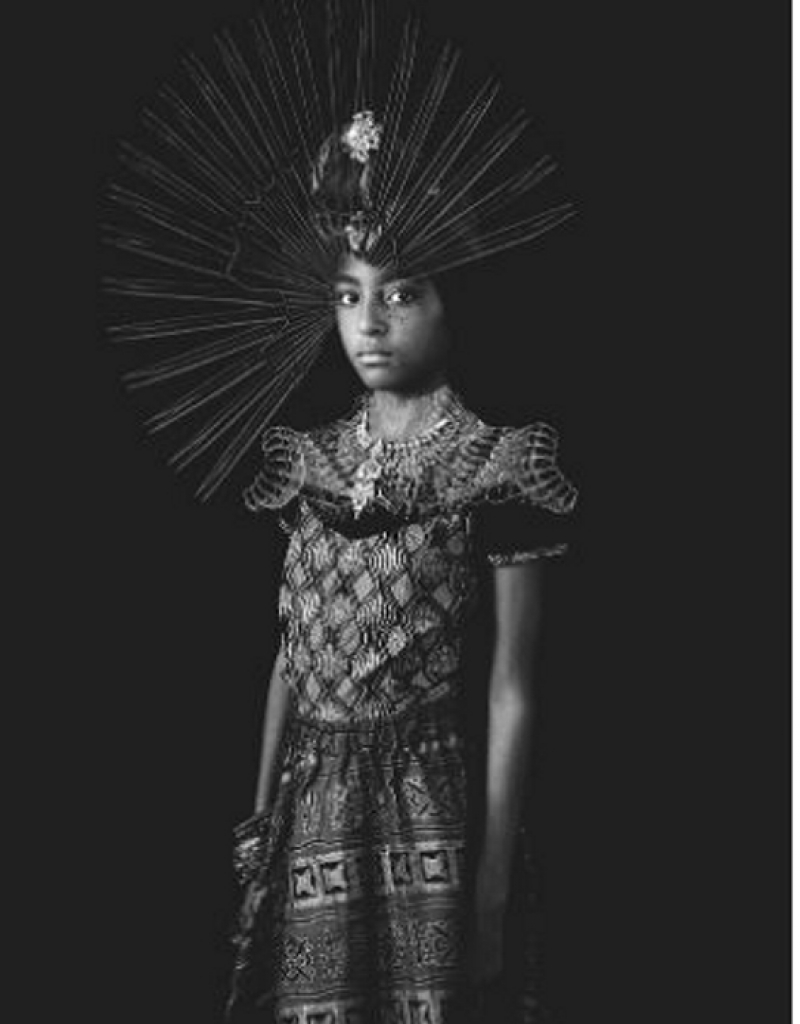
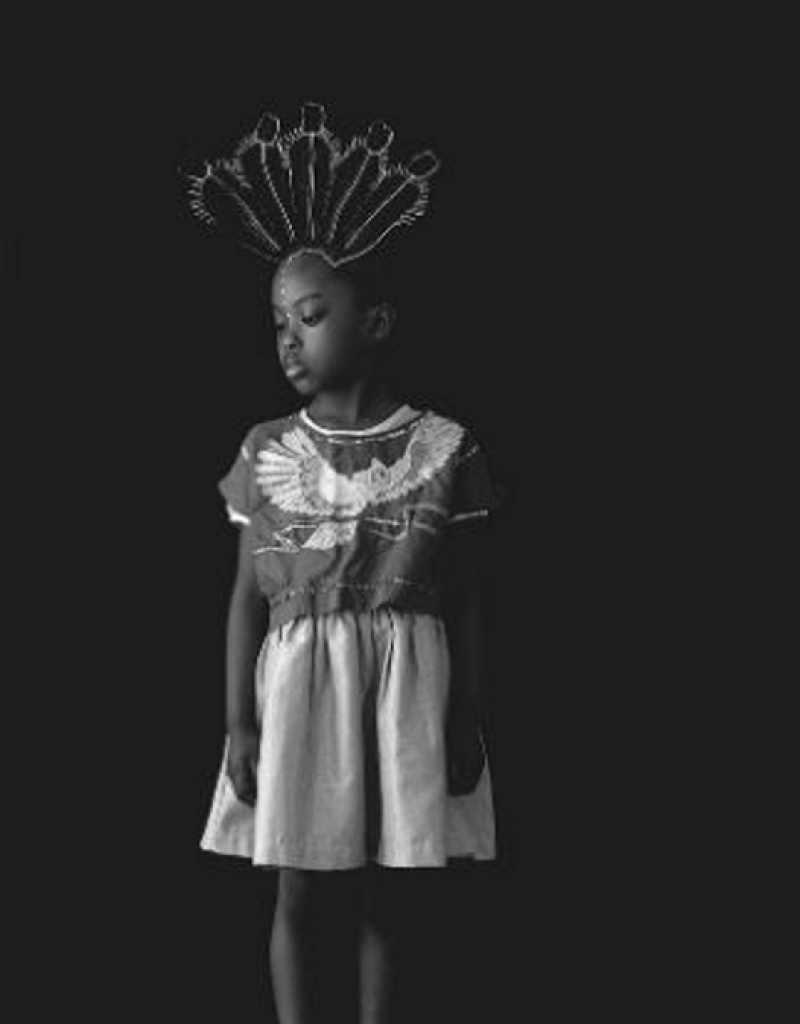
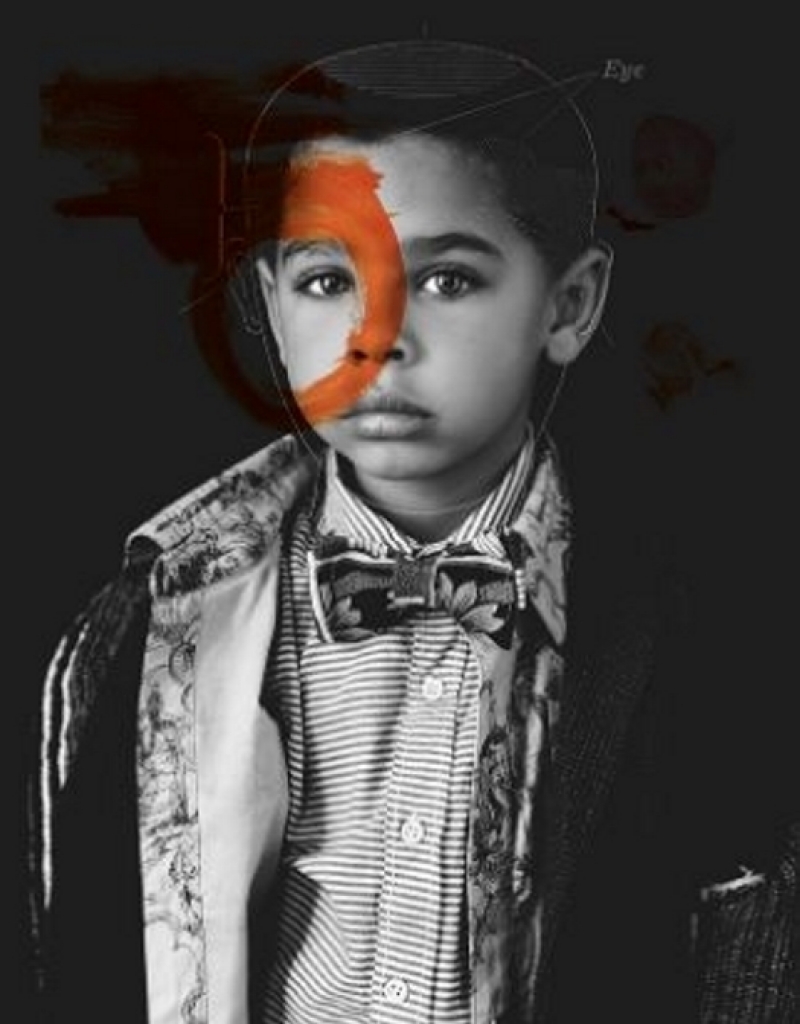

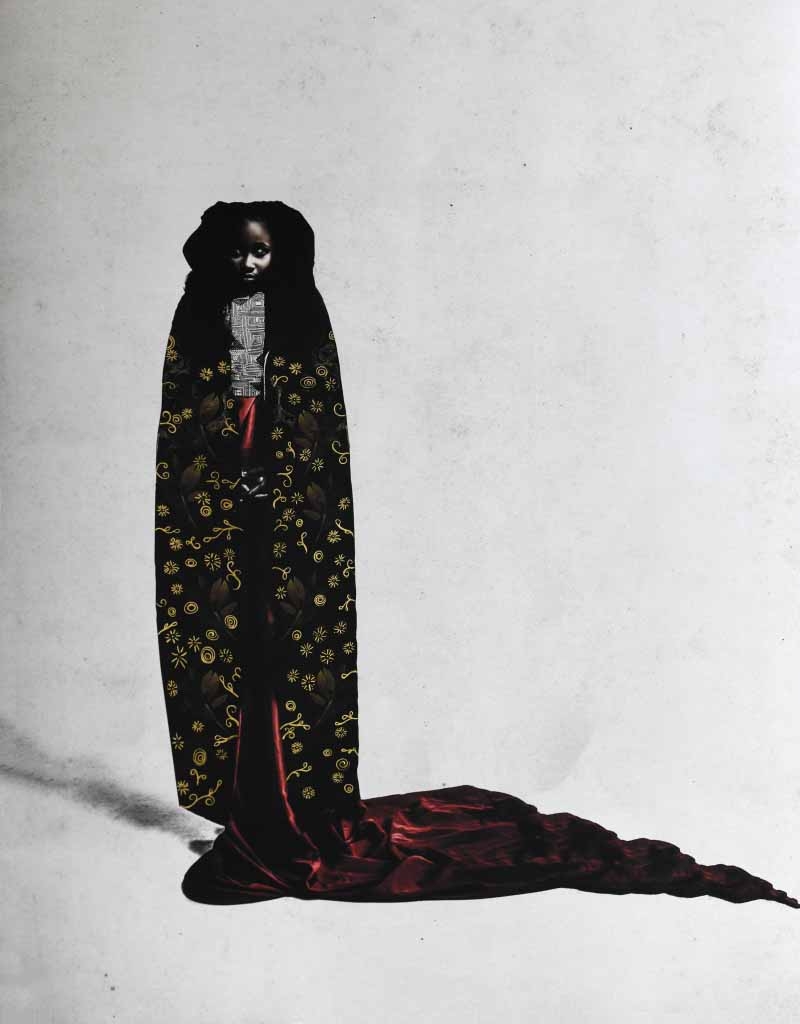
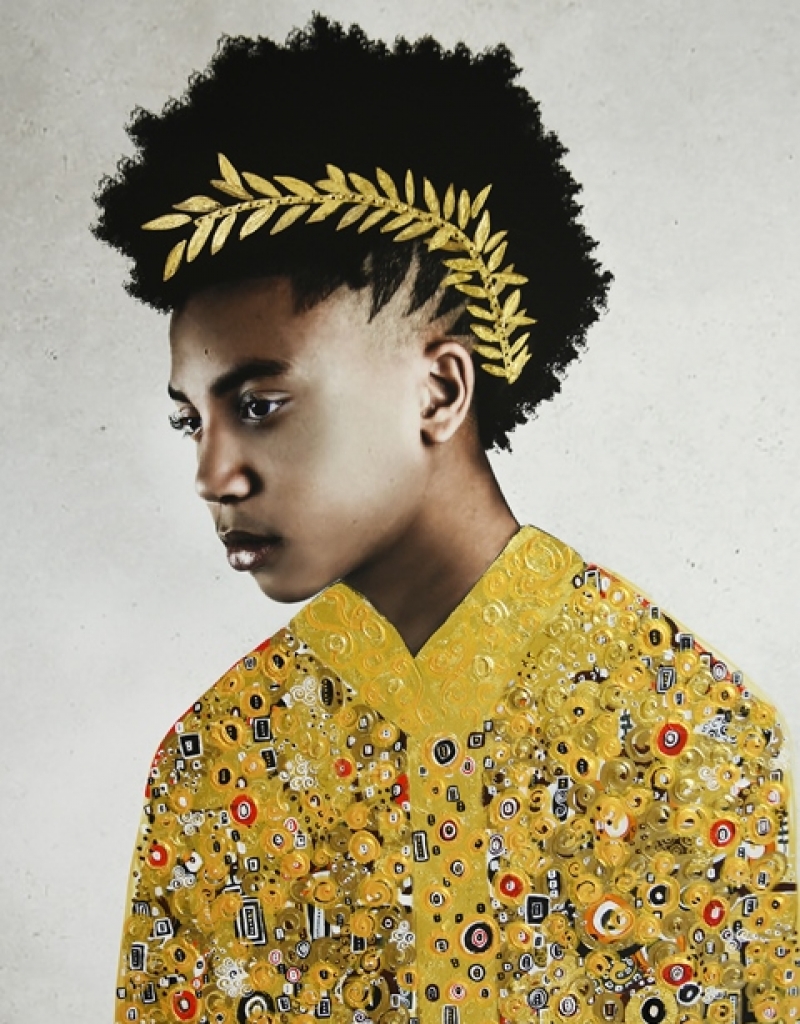
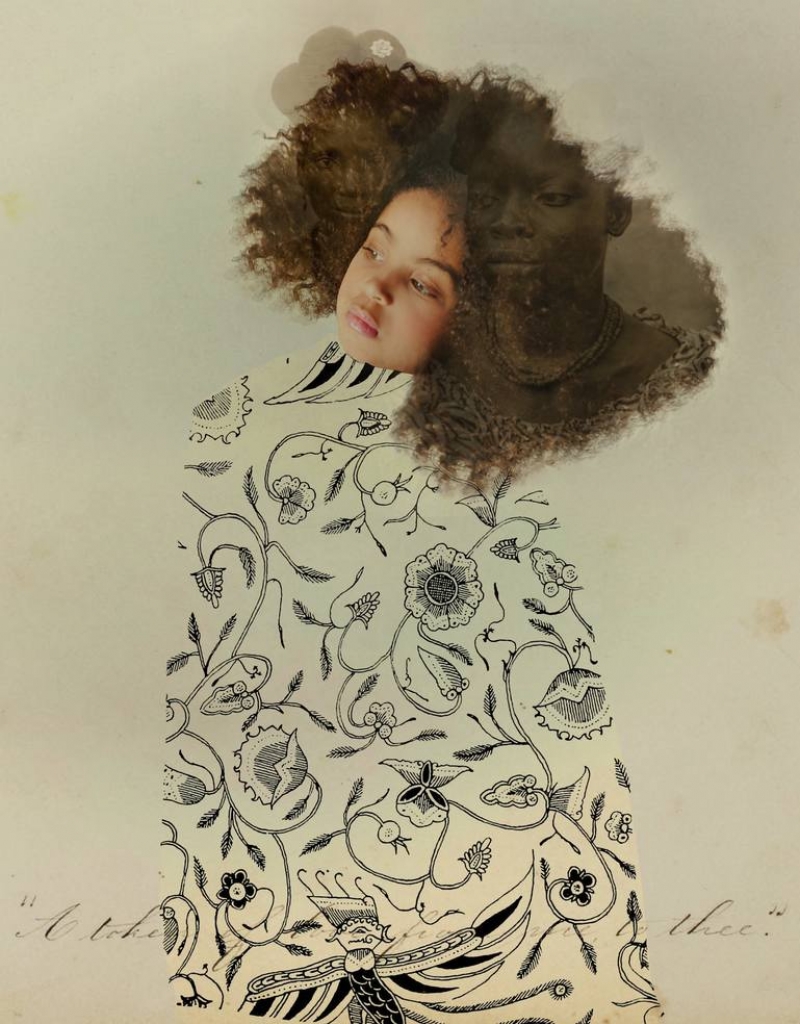
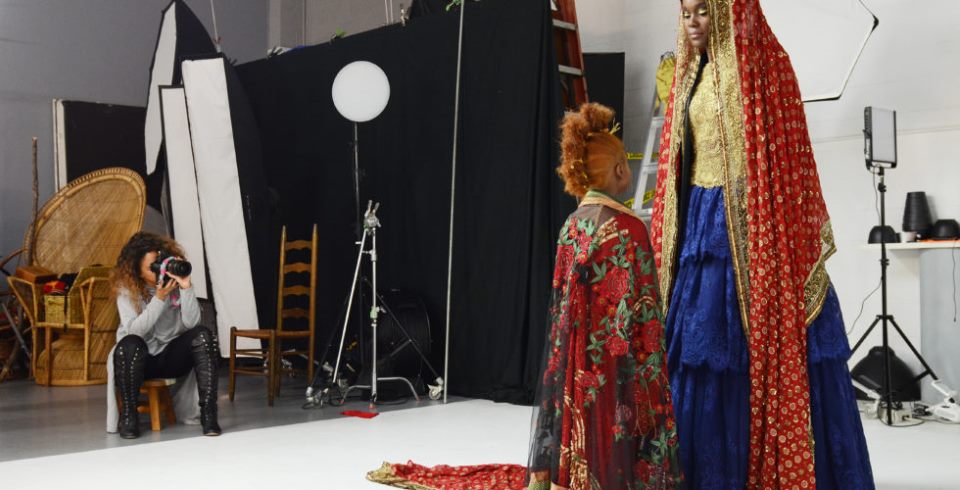
 It is my belief that our memories and experiences are directly responsible for who we become. What we are exposed to, what we read, the toys we play with as children, what we view… I attribute this thought to my desire to make sure I’m sending a clear message (with my work) and that the message I am sending is “saying something” important; because if I believe we are shaped by our memories, as an artist, I must also believe that I too play a small part in shaping and shifting the views of anyone who comes in contact with my work. I did not always think this way but once realized, the thought never left me.
It is my belief that our memories and experiences are directly responsible for who we become. What we are exposed to, what we read, the toys we play with as children, what we view… I attribute this thought to my desire to make sure I’m sending a clear message (with my work) and that the message I am sending is “saying something” important; because if I believe we are shaped by our memories, as an artist, I must also believe that I too play a small part in shaping and shifting the views of anyone who comes in contact with my work. I did not always think this way but once realized, the thought never left me.